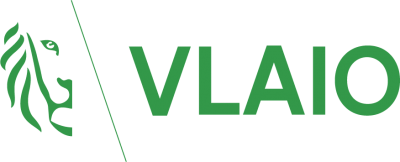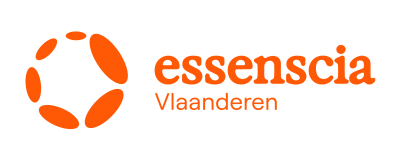Topics
We organise our actions in six thematic & strategic agendas:
Strategic Agendas:
Bio-economy
Circular Construction
Chemicals/Plastics
Manufacturing Industry
Food Chain
Water Cycles
Seven leverages provide additional support:
Leverage effects:
Lever Policy Instruments
Lever Circular Procurement
Lever Communication
Lever Innovation & Entrepreneurship
Lever Financing
Lever Jobs & Skills
Lever Research
What, why and how?
Why are we pursuing a circular economy?
Future visions 2050
How do we see our circular future?
About our management
Who steers what at Flanders Circular?
Bermstroom – Grassification
Roadside grass as a raw material for the production of paper
The Grassification project uses roadside grass as a raw material for energy, materials, proteins and fertilizer substitutes.
After mowing, roadside grass is considered waste and can only be used for composting. To avoid that, the Grassification project of Interreg 2 Seas is looking for ways to be able to reuse that grass. Several research institutions, land managers and industrial partners of the project are exploring economically valuable business models where the grass clippings are used as raw materials for energy, materials, proteins and fertilizer substitutes. The project will run from 2018 to 2021.
Across Europe, there are kilometers of roadside grass next to roads. After mowing, roadside grass is considered waste and can only be used for composting. Therefore, for three years, thirteen partners in the United Kingdom, the Netherlands and Belgium (in particular the University of Ghent) are investigating ways in which this grass can still gain value. With the innovative applications, they can stimulate a new bio-based, circular economy. By using roadside grass as a raw material, this waste stream will still have value and this product will become more attractive in the circular economy.
Within the project, researchers will look at refining roadside clippings into new bio-based products, proteins, fertilizer substitutes and renewable energy. Specifically, researchers are already thinking about biocomposite from grass fibers, fertilizer substitutes and biogas.
The Bermstroom project of De Vlaamse Waterweg nv. is heading in the same direction. With this project the organization is looking for ways to make high-quality paper from roadside grass. In doing so, it responds to the increasing demand for paper: the massive online orders require large quantities of paper and cardboard for packaging. The Bermstroom project is part of the PIO program of the Flemish government.

















